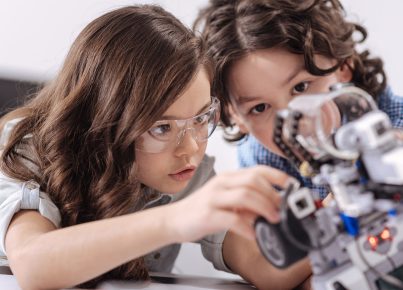Introduction:
In today’s rapidly changing world, fostering creative thinking in the classroom has never been more important. Educators are increasingly emphasizing the development of problem-solving, critical thinking, and analytical skills as part of the learning process. By incorporating creative thinking into lesson plans and activities, teachers can encourage students to analyze situations and develop innovative solutions. This article will discuss the importance of creative thinking in the classroom and provide strategies for teaching students how to analyze various scenarios.
1. The Value of Creative Thinking:
Creative thinking is a powerful tool that allows individuals to approach complex problems with innovative solutions. It encourages learners to be open-minded, flexible, and curious about possible solutions rather than fixating on one answer. In today’s competitive job market, these qualities are highly sought-after by employers who value problem-solvers capable of adapting to new challenges.
2. Applying Creative Thinking in the Classroom:
To promote creative thinking and analysis in the classroom, educators can implement a variety of strategies. These methods are designed to engage students with diverse learning styles and develop their ability to think critically.
3. Encourage Collaborative Learning:
Group projects and collaborative learning activities can nurture creative thinking by allowing students to leverage their unique perspectives and build on each other’s strengths. Working together often sparks new ideas that may not have emerged independently.
4. Use Real-world Examples:
Presenting real-world scenarios can prompt students to think creatively when analyzing complex problems. Using relevant examples also helps make the subject matter more relatable and engaging for learners.
5. Incorporate Multimedia Resources:
Utilizing multiple formats such as videos, graphics, or interactive tools can stimulate creativity by providing different avenues for exploration. These resources offer various ways for students to understand topics and enable them to explore new ideas efficiently.
6. Foster Open-Ended Discussions:
Open-ended classroom discussions encourage students to think critically about various perspectives on a subject matter. By promoting debate and diversified thoughts, learners can expand their analytical skills and foster creative thinking.
7. Design Creative Spaces:
The physical layout of a classroom can also impact students’ ability to think creatively. Ensuring that the learning environment is comfortable, well-lit, and equipped with stimulating materials can help encourage innovative thinking.
Conclusion:
Integrating creative thinking into the classroom promotes critical analysis and helps develop practical problem-solving abilities. By incorporating strategies such as collaborative learning, real-world examples, multimedia resources, open-ended discussions, and designing creative spaces, educators can establish an environment conducive to nurturing innovative thinkers. Ultimately, fostering these skills will prepare students for future success in an ever-changing world.





